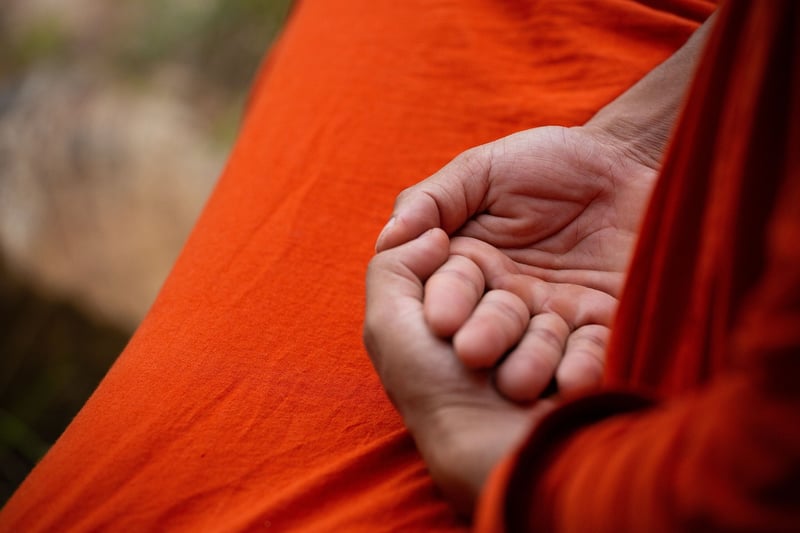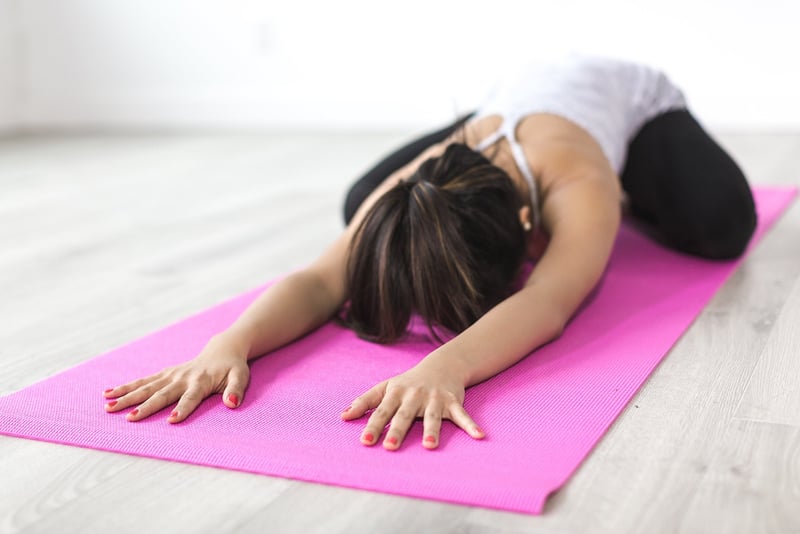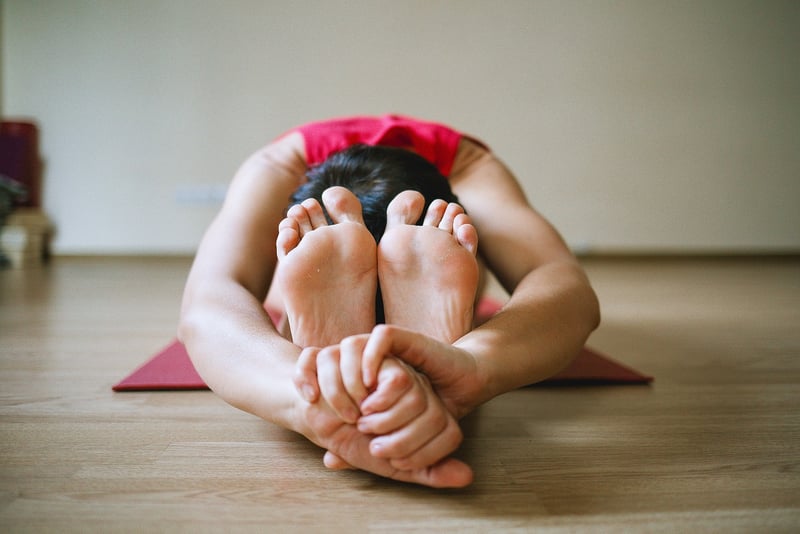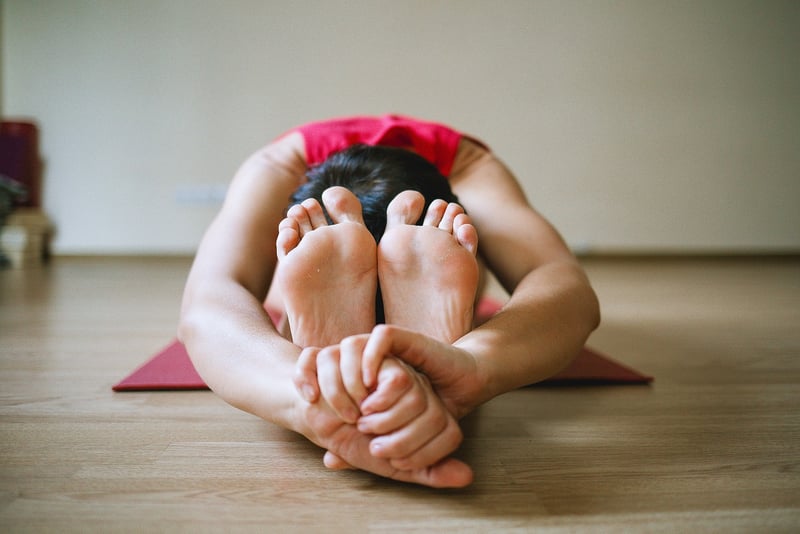Restorative Poses
The Art of Restorative Yoga: Cultivating Awareness and Relaxation
Restorative yoga is a gentle and therapeutic practice that prioritizes relaxation and mindfulness. By incorporating restorative poses into your yoga routine, you can cultivate a deeper sense of awareness and rejuvenate both your body and mind. Let's explore some restorative poses that can help you unwind and restore balance to your being.
Benefits of Restorative Yoga
- Reduces stress and anxiety
- Improves flexibility and range of motion
- Enhances mental clarity and focus
- Promotes better sleep and relaxation
- Aids in recovery from injuries

Restorative Poses to Try
These restorative poses can be practiced with the support of props like bolsters, blankets, and blocks to allow for deep relaxation and release tension.
1. Supported Child's Pose (Balasana)

Begin on your hands and knees, then slowly lower your hips back towards your heels while extending your arms forward. Rest your forehead on the mat and breathe deeply into your lower back.
2. Legs-Up-the-Wall Pose (Viparita Karani)

Lie on your back with your legs extended up against a wall. Relax your arms by your sides and focus on your breath as you allow gravity to gently stretch your hamstrings and lower back.
3. Supported Bridge Pose (Setu Bandhasana)

Place a block or bolster under your sacrum as you lift your hips towards the ceiling. This pose helps to open the chest and release tension in the spine while promoting a sense of calm.
By incorporating these restorative poses into your yoga practice, you can enhance your overall well-being and deepen your connection to yourself. Remember to listen to your body and breathe deeply as you surrender to the present moment in each pose.
Find peace and relaxation through the art of restorative yoga.
